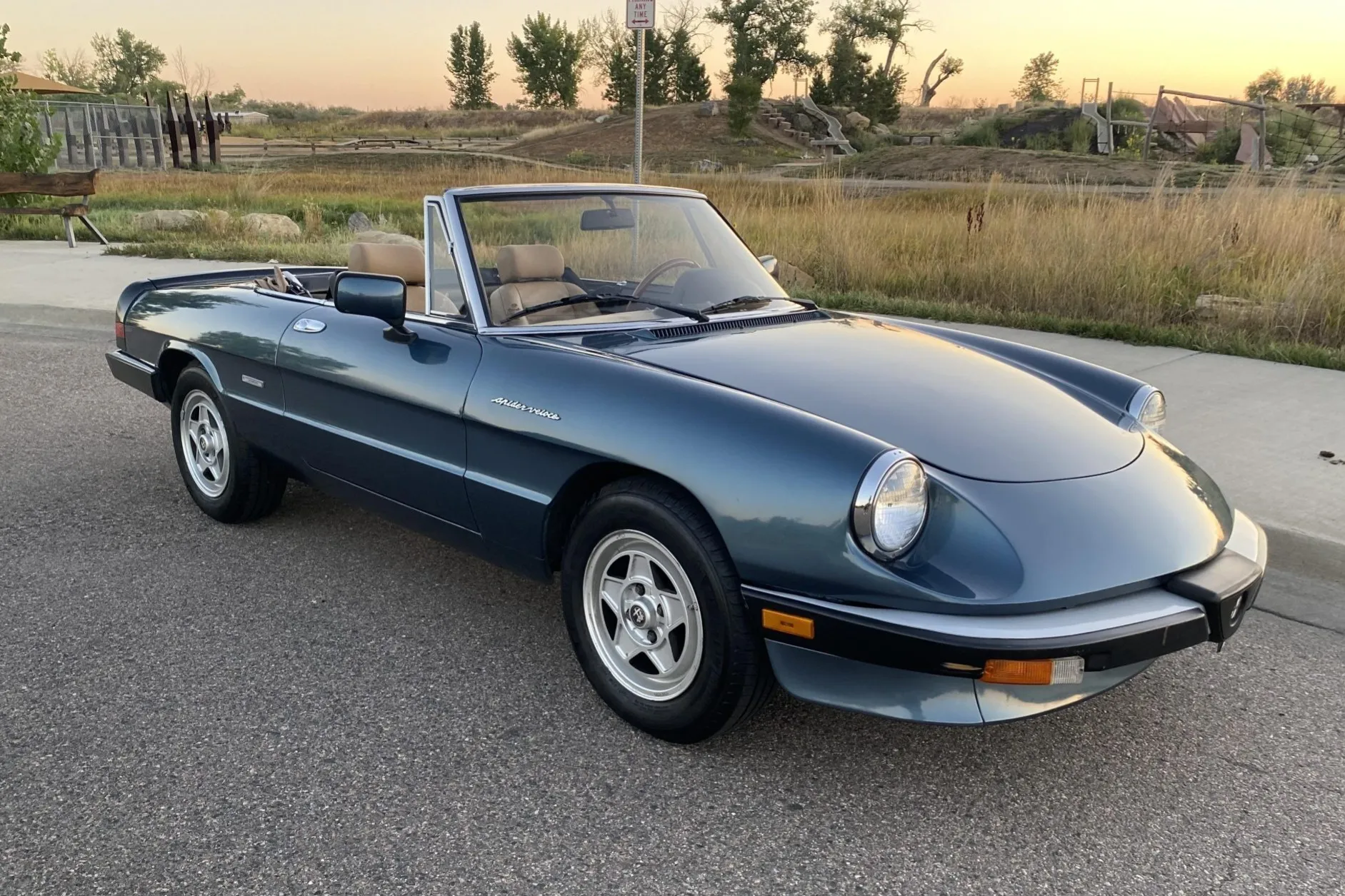When it comes to vehicles, many car buyers look for a combination of power, reliability, and comfort. While some vehicles excel in all these areas, others focus on one thing above all: engine strength.
These vehicles may not have the most luxurious interiors, but they make up for it with outstanding performance under the hood. These vehicles are a true testament to the saying “it’s what’s on the inside that counts, “but in this case, the engine steals the show.
Despite their underwhelming interiors, these cars and trucks still carve out a loyal fan base due to their impressive engines. Whether it’s raw power, towing capacity, or off-road capability, these vehicles don’t disappoint when it comes to performance.
The trade-off, however, is that their interiors often take a back seat. The cabin may feel basic, lacking the premium materials or high-tech features that some buyers desire. But for those who value performance over luxury, these vehicles deliver where it matters most.
What makes these vehicles so appealing, despite their interior shortcomings? For some, it’s the joy of driving a powerhouse that doesn’t break the bank.
For others, it’s the durability and reliability these engines offer, whether on long trips or off-road adventures. Even with their basic interiors, these vehicles prove that a strong engine can be the deciding factor in creating a beloved car or truck.
1) Dodge Viper
The Dodge Viper, produced between 1992 and 2002, is one of America’s boldest sports cars. It was built with a simple goal—pure speed and raw driving experience without distractions.
Under the hood, the Viper came with a massive 8.0-liter V10 engine. This powerhouse could produce up to 400 horsepower and deliver 630 Nm of torque.
With this engine, the Viper could go from 0 to 100 km/h in just 4.2 seconds. It also reached a top speed of around 266 km/h, making it one of the fastest cars of its time.

Despite the impressive performance, the interior was extremely basic. It had a soft canvas roof, vinyl side windows, and no airbags, showing the focus was clearly not on comfort.
The cabin had no luxury touches like leather, climate control, or a high-end sound system. Even the doors had no power windows or proper insulation, making it noisy and drafty inside.
Yet, these things didn’t bother true fans of the Viper. They loved the raw and unfiltered driving feel that made every trip an adrenaline rush.
The handling was also a challenge, especially for inexperienced drivers. But for many car lovers, mastering the Viper became part of its charm.
The Dodge Viper didn’t aim to be smooth or refined—it aimed to be powerful and loud. And that’s exactly what made it stand out in a world full of polished, soft sports cars.
This car was a tribute to old-school American muscle, built with minimal driver assistance. There was no traction control, ABS, or fancy electronics in early models—just engine, tires, and driver.
Even with its rough edges, the Viper became a symbol of fearless performance. Over the years, it earned respect for being honest, bold, and thrilling to drive.
Also read: 10 Cars With 0-60 Under 6s That Still Last 200K Miles
2) Maserati Biturbo
The Maserati Biturbo was sold between 1981 and 1994 as a sporty and stylish car with Italian flair. It was designed to offer the feel of a luxury sports car without the extremely high price tag.
Under the hood, it came with a twin-turbocharged V6 engine that ranged from 2.0 to 2.5 liters. Depending on the version, it could deliver up to 285 horsepower, which was quite impressive for its time.
Thanks to the twin turbos, the Biturbo offered quick acceleration and solid performance on the road. It could easily keep up with other sporty cars and gave drivers an exciting ride when the turbos kicked in.
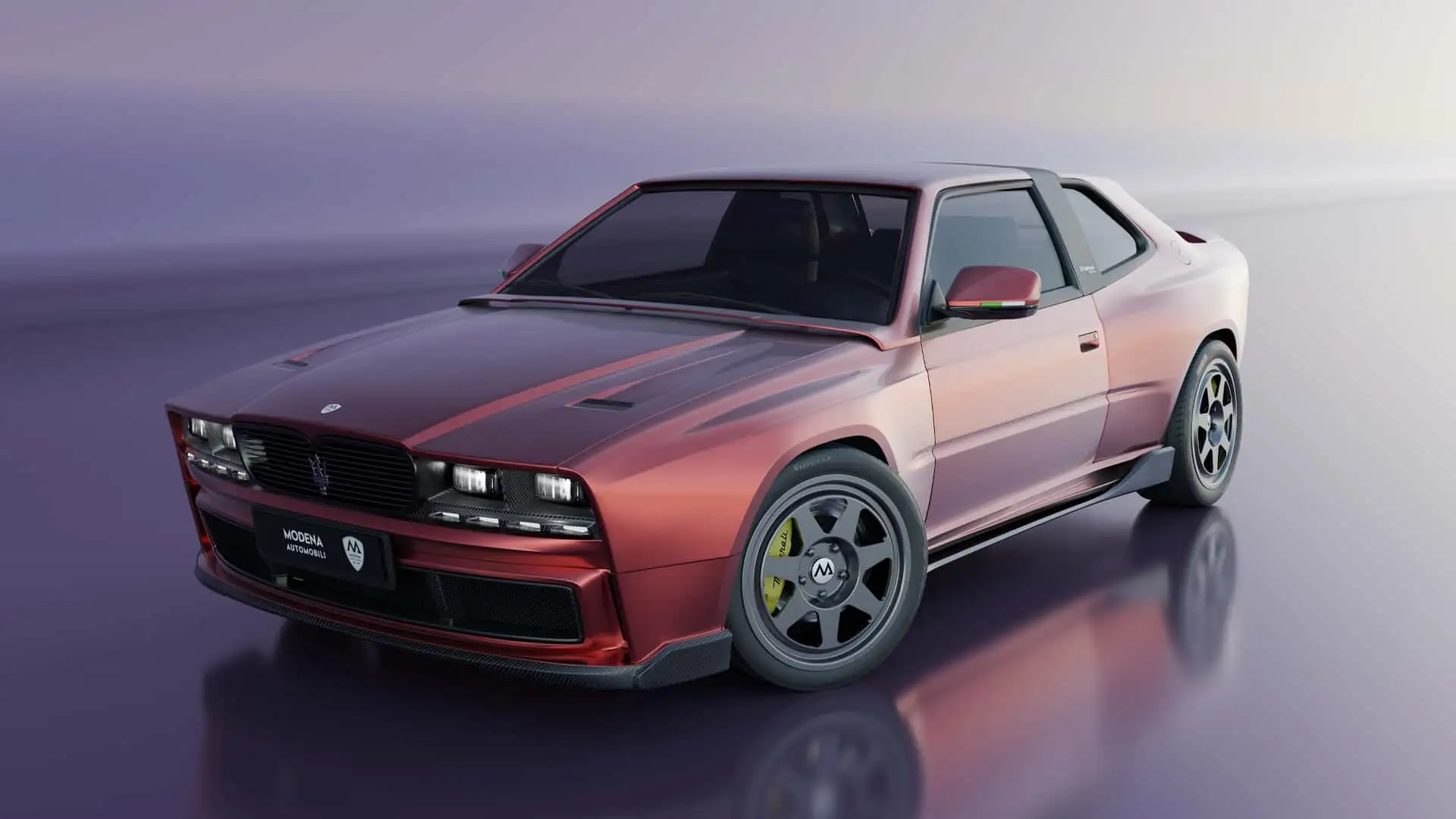
But while the engine had the power, the car often faced problems with reliability. Many owners complained about mechanical issues and frequent breakdowns, especially as the car aged.
Despite this, the interior looked rich and classy at first glance. It featured leather seats, wooden trims, and a dashboard that gave it a high-end appearance.
However, the build quality didn’t live up to the fancy looks. Many of the parts felt cheap and wore out quickly, and electrical problems were also common.
Still, the Biturbo had its charm for people who wanted a Maserati experience on a smaller budget. It gave them a chance to enjoy the thrill of an Italian performance car without spending a fortune.
The handling was decent, and when the car was working well, it was fun to drive. Its twin-turbo engine had a unique sound that added to the experience and made it feel special.
Over the years, it earned a bit of a mixed reputation due to its ups and downs. But even with its flaws, it found a loyal group of fans who appreciated its bold design and sporty performance.
3) DMC DeLorean
The DMC DeLorean was only made from 1981 to 1983, but it left a big mark on the world. Even though it was short-lived, the car became a legend thanks to its unique look and Hollywood fame.
It came with a 2.85-liter V6 engine that made about 130 horsepower. That may not sound like much, especially for a sports car, but it was enough for casual driving back then.
The car could go from 0 to 100 km/h in around 10.5 seconds. This made it slower than many of its rivals, but the DeLorean was never about speed alone.
Its performance was average, and some drivers found it underwhelming behind the wheel. But most people didn’t buy it for fast acceleration—they bought it for how it made them feel.
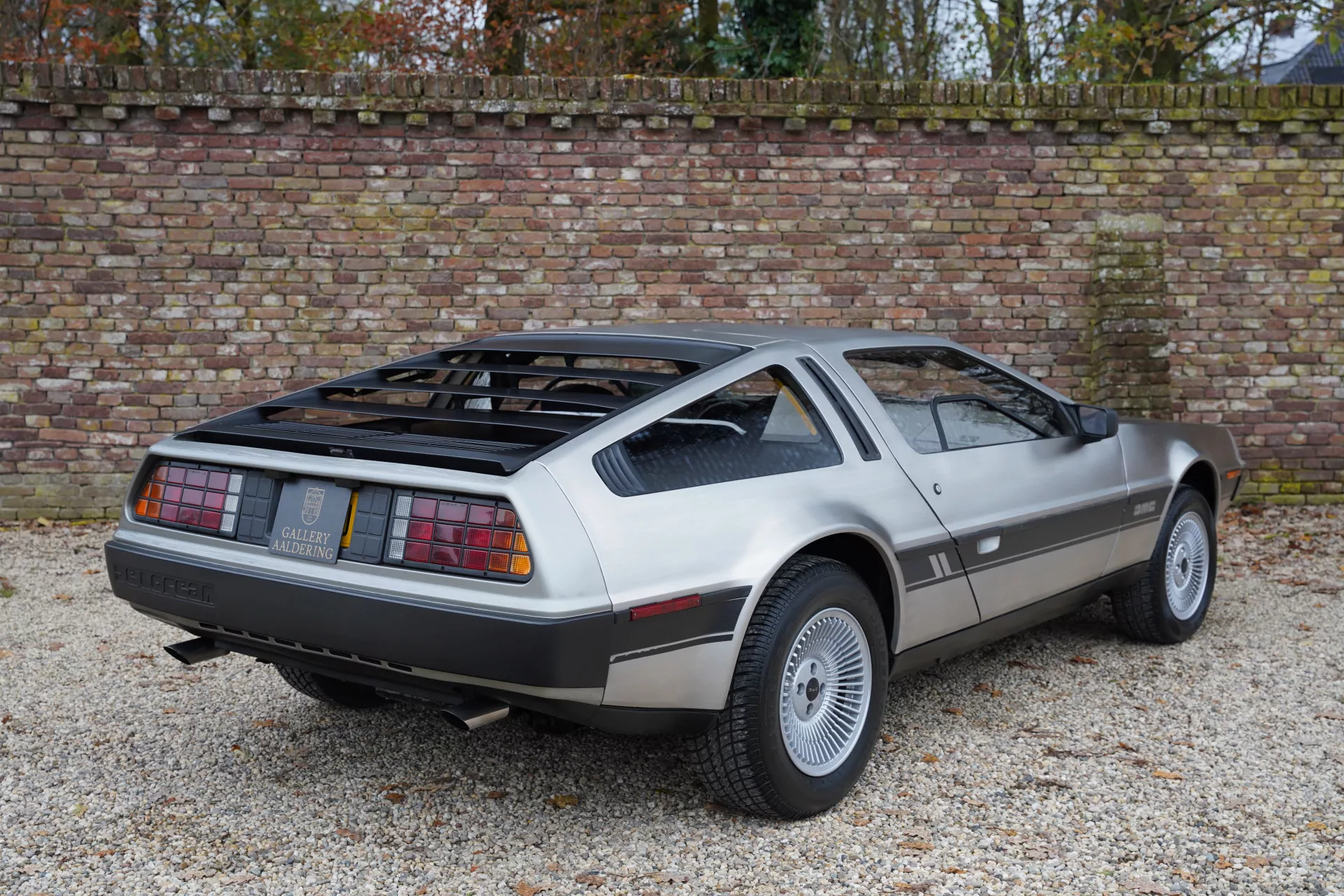
One of the car’s biggest highlights was its futuristic appearance. It had stainless steel body panels and cool gull-wing doors that opened upward, grabbing everyone’s attention.
The interior was also designed to look modern and high-tech for its time. It came with digital-style displays and an interesting layout, which felt like something from a sci-fi movie.
However, once you spent time inside, you’d notice the build quality wasn’t great. The materials felt cheap, and the finish wasn’t as polished as you might expect from such a stylish car.
Still, the DeLorean became world-famous after starring in the “Back to the Future” movies. That Hollywood connection made it a favorite among fans and collectors everywhere.
Even today, people admire the DeLorean for its bold design and cultural impact. Many see it as a piece of history rather than just a car.
4) Aston Martin Lagonda
The Aston Martin Lagonda, sold from 1976 to 1990, was unlike any other luxury car of its time. With its long, sharp shape and bold design, it looked more like a spaceship than a sedan.
Under the hood, it carried a strong 5.3-liter V8 engine that produced between 280 and 300 horsepower. This gave it enough strength to deliver smooth highway cruising and powerful acceleration when needed.
It could go from 0 to 100 km/h in about 8.8 seconds, which was quick for a luxury car in the late ‘70s and early ‘80s. While not a sports car, it had enough performance to impress drivers who wanted both speed and class.
Inside, Aston Martin tried something very ambitious with the Lagonda. It was packed with futuristic electronics that aimed to set it apart from all other cars.
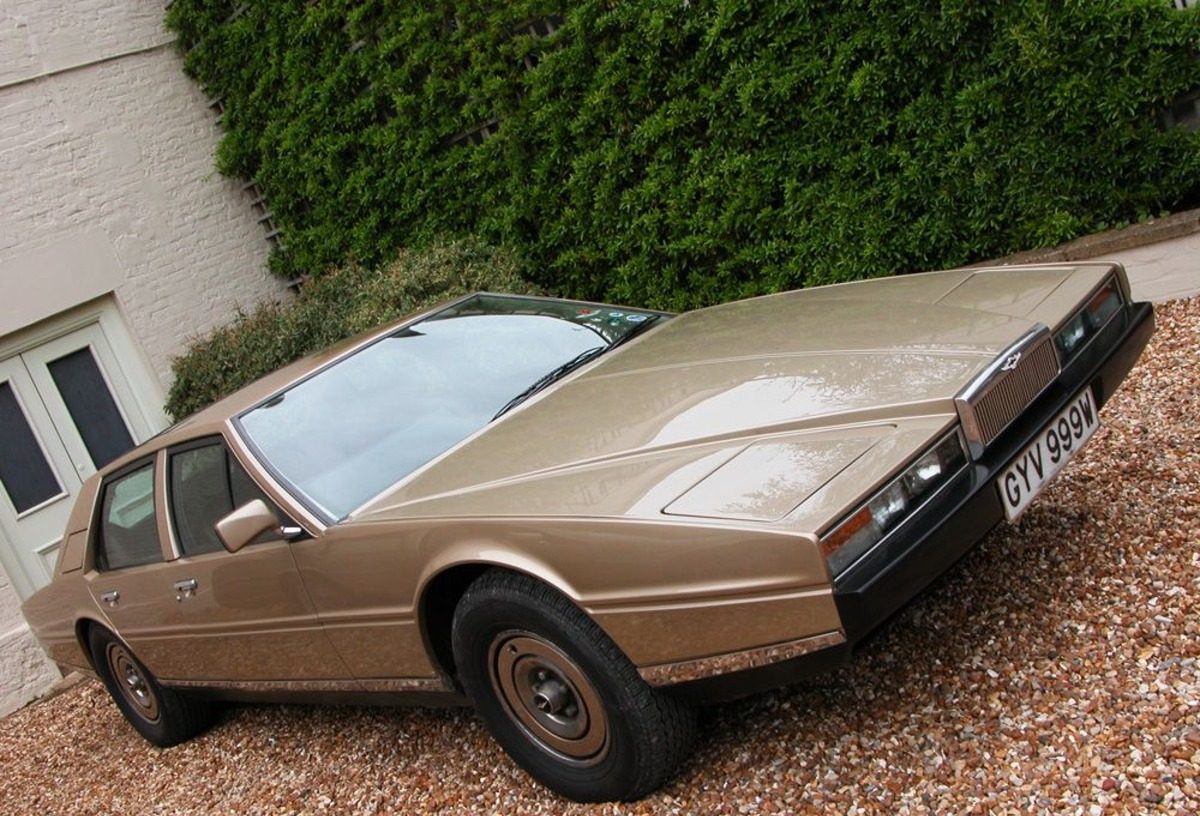
These included touch-sensitive buttons, digital readouts, and advanced displays. For its time, the technology was groundbreaking and gave the cabin a sci-fi feel.
But the problem was that most of those electronics didn’t work very well. Owners often complained about malfunctioning systems, flickering screens, and controls that didn’t respond properly.
Despite those issues, people still admired the Lagonda for being bold and different. Its exclusivity added to the appeal, as only a limited number were ever produced.
Owning a Lagonda became a statement—it wasn’t just about the drive, it was about the image. The car stood out wherever it went and carried the weight of a legendary British brand.
Even today, collectors value the Lagonda for its rare mix of style, ambition, and presence. The design may be unusual, but it still turns heads decades later.
5) Pontiac Fiero
The Pontiac Fiero was sold from 1984 to 1988 and offered something very rare for its price—a mid-engine layout. It gave regular car buyers a chance to own a sporty-looking car with a unique design at an affordable price.
When it first came out, the Fiero was powered by a 2.5-liter inline-4 engine. This engine was good for basic driving, but it didn’t give the car the performance that its sharp looks promised.
Later models got an upgrade with a 2.8-liter V6 engine. This made the car faster and more exciting to drive, giving it the performance boost that many fans had hoped for from the beginning.
The improved V6 made the Fiero feel more balanced and responsive on the road. It helped the car live up to its sporty appearance and mid-engine layout.
Inside, the Fiero’s interior was simple and functional. It had everything a driver needed, but there wasn’t anything fancy or luxurious about it.
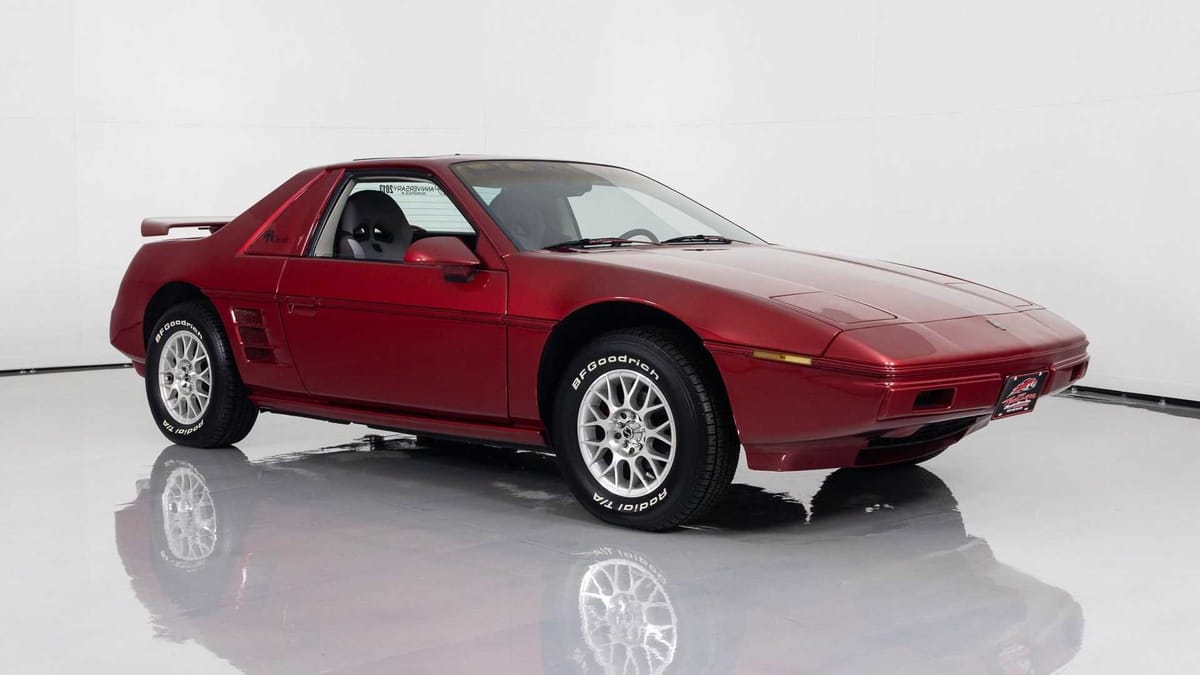
The seats, dashboard, and materials were basic and focused on cost-saving. While the design looked modern for the time, the build quality wasn’t top-notch.
Still, the Fiero won people over with its unique concept and affordability. Not many cars in its class had a mid-engine setup, which helped it handle corners better than expected.
Car lovers liked the Fiero because it felt special without breaking the bank. It offered a sports car feeling while still being cheap enough for young buyers and enthusiasts.
Over time, the Fiero gained a loyal fanbase, especially among those who saw its potential. Many even modified their cars to improve performance and looks further.
Also read: 10 Vehicles With Engines That Can Handle Towing Abuse
6) Lamborghini Urraco
The Lamborghini Urraco was built between 1972 and 1979 and offered a more affordable way into the world of Italian supercars. It had the sharp design and exotic style that Lamborghini was known for, but at a price that more people could consider.
Under the hood, the Urraco came with a V8 engine ranging from 2.0 to 3.0 liters, depending on the model. These engines produced between 180 and 250 horsepower, giving the car a strong push for its time.
The performance was respectable, especially for a car in the entry-level supercar segment. It may not have been as fast as Lamborghini’s bigger models, but it still offered plenty of fun on the open road.
Its mid-engine layout helped with balanced handling and sharp cornering. Drivers appreciated the driving feel, which made the Urraco enjoyable for both weekend trips and spirited drives.
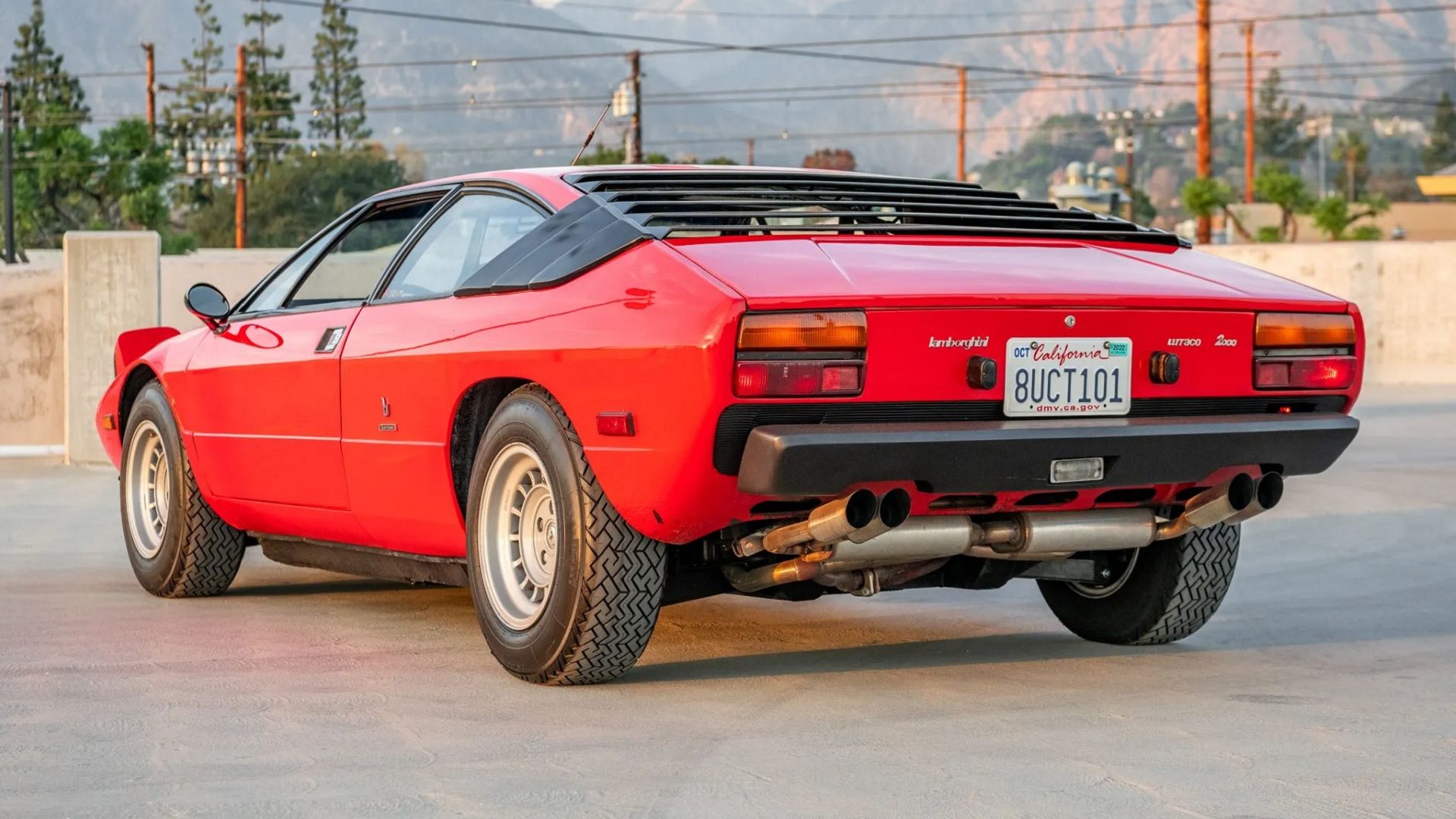
While the outside looked aggressive and sporty, the interior was much simpler. It lacked the luxury and detailed craftsmanship seen in more expensive Lamborghinis like the Countach.
The seats and dashboard were clean and functional but didn’t offer the rich feel you’d expect from such a famous brand. The focus seemed to be more on performance than on interior comfort or features.
Still, the Urraco gave buyers a real Lamborghini experience without the massive price tag. It was a chance to own something rare, stylish, and exciting without reaching the cost of a flagship model.
Collectors today admire the Urraco for its role in Lamborghini’s history. It stands out as a bold experiment to make the brand more accessible without losing its spirit.
7) Lotus Elite
The Lotus Elite, made from 1974 to 1982, stood out for its bold and unique design. With its shooting-brake shape and low stance, it looked different from most sports cars of its time.
It was powered by a 2.0-liter inline-four engine that made around 155 horsepower. While that number might seem low, the car’s lightweight construction made it feel quicker than the numbers suggested.
Lotus built the Elite with a strong focus on weight savings, which helped with performance and fuel economy. Because of its light body, it responded quickly to steering input and felt lively in the corners.
The car was known for its outstanding handling, something Lotus was famous for. Whether on winding roads or a track, the Elite could hold its own thanks to sharp suspension tuning.
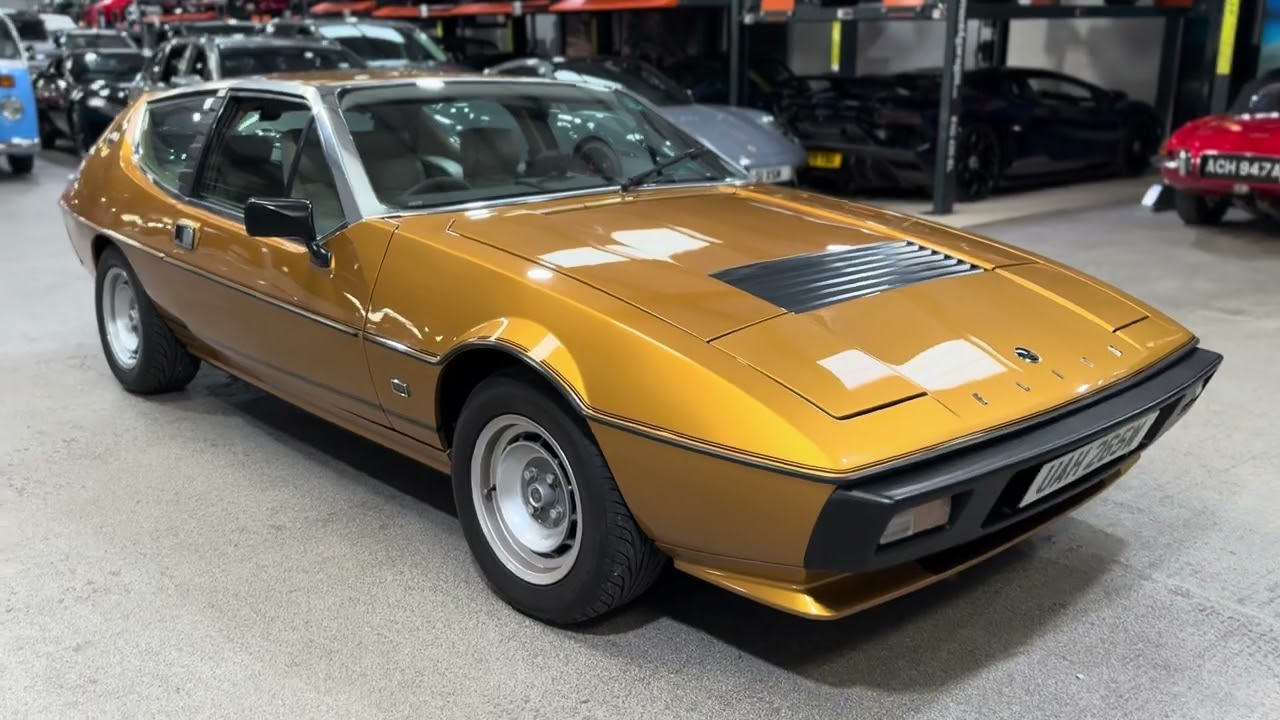
Inside, the cabin wasn’t as impressive as the way the car drove. It felt cramped, especially for taller drivers, and space in the back was even more limited.
The materials used in the interior were basic and didn’t match the car’s eye-catching exterior. There was very little luxury, which made the cabin feel more functional than premium.
Still, many people didn’t mind the lack of comfort because the driving experience made up for it. The Elite gave enthusiasts a car that handled beautifully, even if it wasn’t the most relaxing place to sit.
The car also had a distinct personality, thanks to its rare shape and strong connection to British motorsport engineering. It was something you wouldn’t see every day, which added to its appeal.
Even today, fans admire the Lotus Elite for sticking to the brand’s principles of lightness and precision. It wasn’t about raw power—it was about balance and control.
8) Alfa Romeo Spider
The Alfa Romeo Spider was produced from 1966 to 1993 and became one of the most loved Italian roadsters ever made. Its timeless shape and open-top design gave it a special charm that still turns heads today.
The car came with a 2.0-liter inline-four engine that made about 125 horsepower. This wasn’t a huge amount of power, but it was enough to enjoy winding roads and sunny drives with the top down.
The performance was smooth and fun rather than aggressive or fast. It offered a laid-back driving experience that focused more on feeling connected to the road than on outright speed.
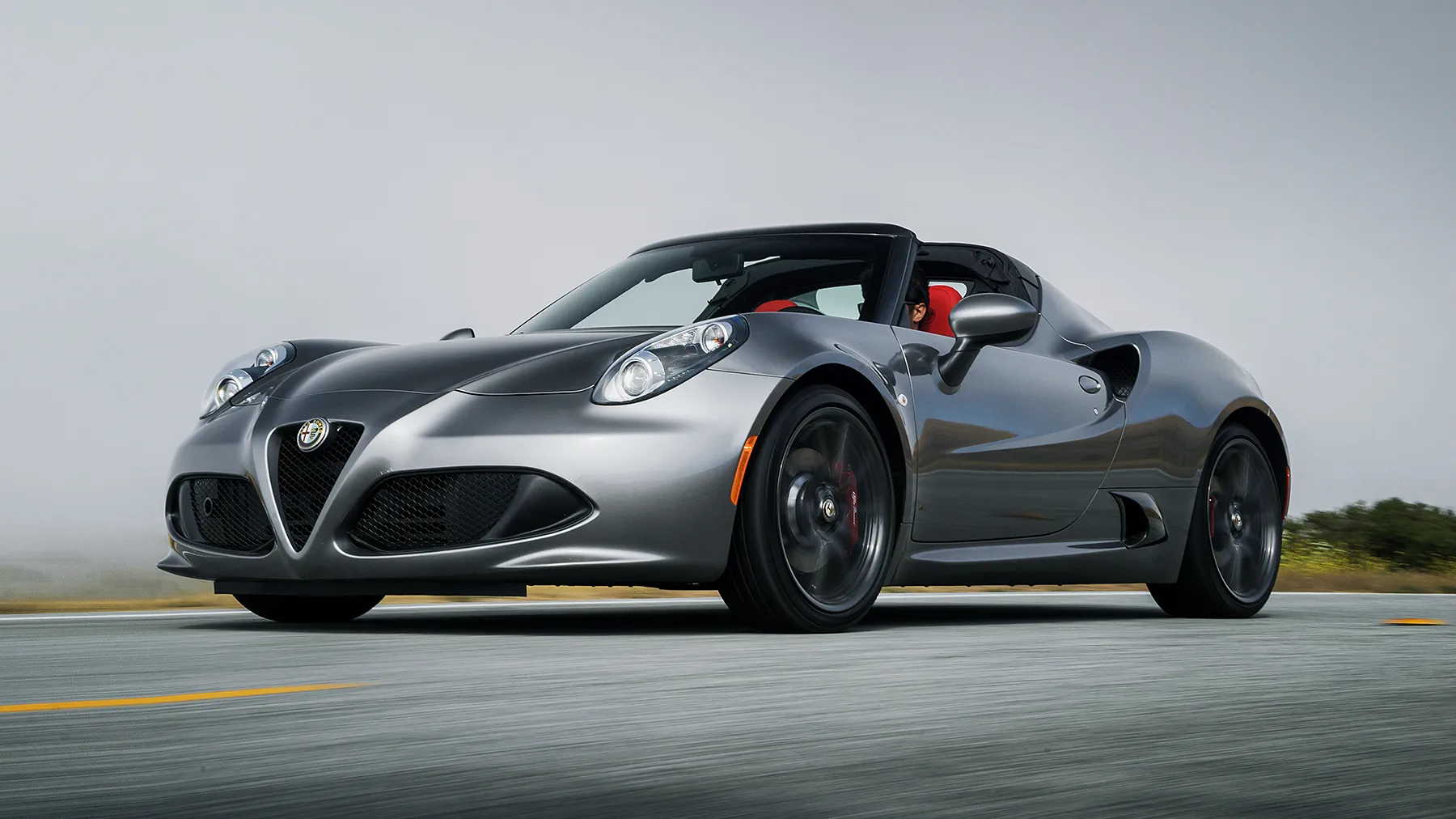
What made the Spider enjoyable was its balanced handling and light steering. The rear-wheel-drive layout made it more exciting around corners, giving drivers the sensation of control and freedom.
Inside, the cabin was simple and had a classic look that matched its vintage roots. By modern standards, the dashboard and controls felt old-fashioned, but that added to its nostalgic feel.
The materials used in the interior were modest, with basic seats and switches. It wasn’t fancy, but it had an honest and straightforward design that matched the car’s personality.
Despite the dated interior, people fell in love with the Spider for its driving pleasure and elegant style. It reminded drivers of a time when cars were built with emotion and character.
Even though it didn’t have high-tech features or a luxurious cabin, the Alfa Romeo Spider delivered something more valuable—personality. It felt like a car that wanted to be driven, not just admired.
Collectors and fans still praise it for its beautiful looks and simplicity. It’s a reminder of how little you need to enjoy driving when a car is built with passion and purpose.
9) Nissan 300ZX Z31 (Non-Turbo): Simple, Solid, and Still Fun
The Nissan 300ZX Z31, especially the non-turbo version made from 1984 to 1989, gave car lovers a dependable way to enjoy a sporty drive. It was part of the famous Z-car family, which had already built a strong name for mixing style, performance, and value.
This version of the 300ZX came with a 3.0-liter V6 engine that made around 160 horsepower. While it wasn’t as quick as the turbocharged model, it still had enough power to deliver a fun and smooth ride.
It offered decent acceleration and good highway performance for its time. Many drivers appreciated its relaxed yet responsive nature, which made it easy to enjoy both in the city and on the open road.
The handling was steady, and the rear-wheel-drive setup added to the sporty feel. Thanks to its well-balanced chassis, the car felt composed in corners and had solid road grip.

Inside, the cabin was straightforward and focused on practicality rather than style. The dashboard and controls were arranged in a clean and easy-to-use way, but the design was more functional than exciting.
It didn’t have luxury features or flashy materials, but everything worked as expected. The seats were comfortable for daily use, and the car gave off a “driver-first” vibe that many enthusiasts appreciated.
Despite the plain interior, the non-turbo 300ZX earned praise for being reliable and affordable. It allowed more people to enjoy a sporty driving experience without spending too much money or worrying about frequent repairs.
It became popular among those who wanted a Z-car but didn’t need the extra speed of the turbo model. Many found its balance of cost, ease of ownership, and driving feel just right.
Today, the non-turbo Nissan 300ZX is still admired for its solid build and dependable nature. Even though it lacked some excitement inside, it remained a true sports car at heart.
Also read: 14 Vehicles That Just Never Quit and Keep Going Strong Decades Later
10) Ford Pinto
The Ford Pinto, produced between 1971 and 1980, was a compact car known for its simplicity and affordability. It was designed to be a budget-friendly vehicle for everyday driving, making it accessible to many families and individuals during its time.
Under the hood, the Pinto had a 2.0-liter inline-four engine that produced just 88 horsepower. This engine was not particularly powerful, and the car’s acceleration was underwhelming by modern standards, but it was enough for basic driving needs.
Its performance was functional, designed for city commutes and short trips rather than high-speed driving or excitement. While it wasn’t the fastest car on the road, the Pinto offered a reliable and straightforward option for those looking for an economical vehicle.
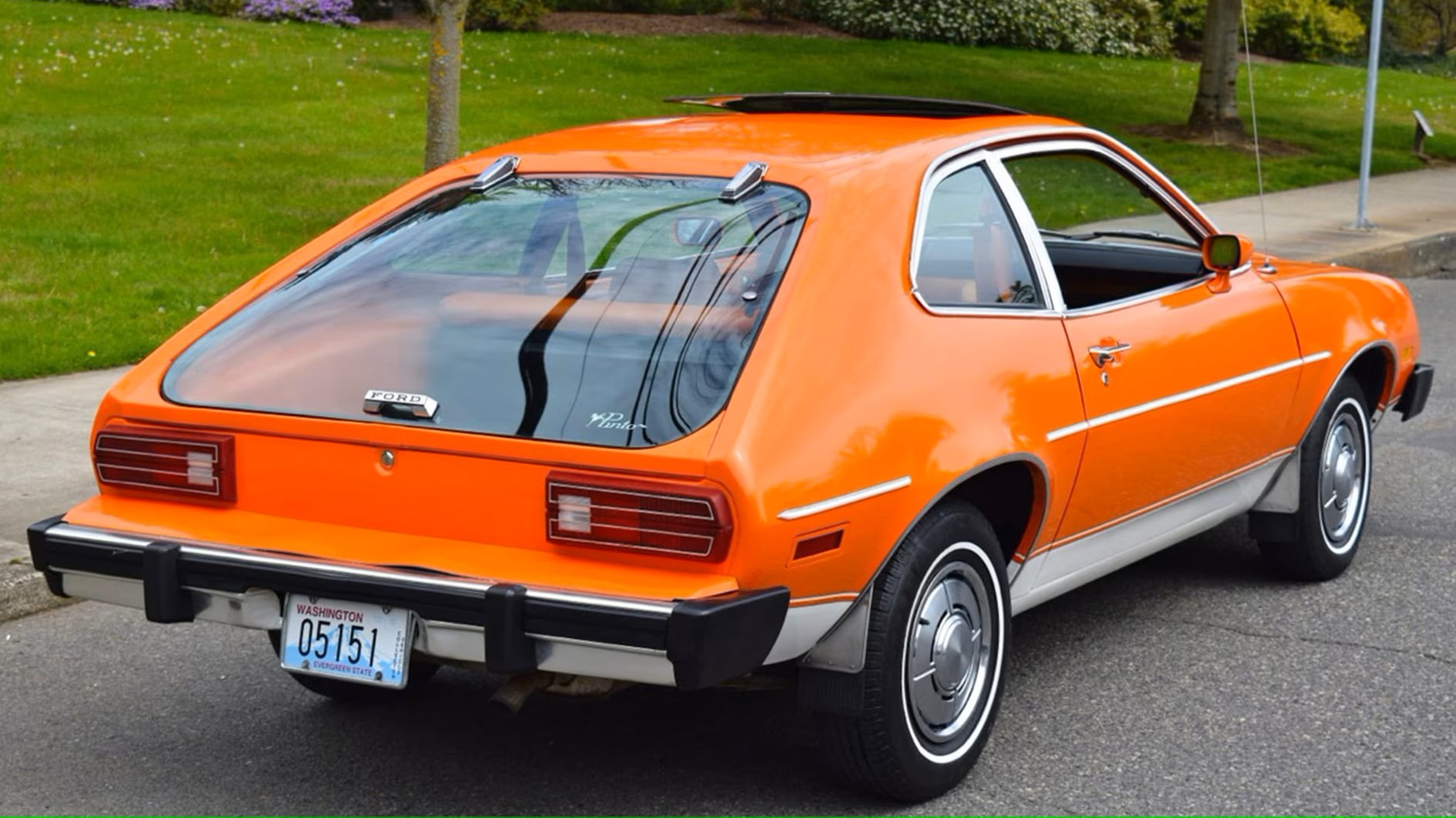
Inside, the Pinto’s cabin was very basic and minimalistic. The dashboard was simple, and the materials used were basic, without any luxury touches or complex features.
The seats were designed for practicality, and there wasn’t much in terms of advanced technology or comfort. The focus was entirely on keeping the car affordable, so comfort and refinement took a back seat to cost-saving features.
Despite its lack of performance and luxury, the Pinto remains loved by some for its nostalgic value. For many, it represents a simpler time in automotive history, when cars were built to serve basic needs without extra frills.
People also appreciate the Pinto for its straightforward design and ease of maintenance. It was a car that didn’t try to impress with fancy gadgets or powerful engines but instead offered a dependable and low-cost way to get from point A to point B.
Even though the Pinto had its share of problems and criticisms during its production years, it has become a classic for those who remember it fondly. Today, it’s often celebrated for its simplicity, reliability, and the memories it carries for those who owned or grew up with it.

